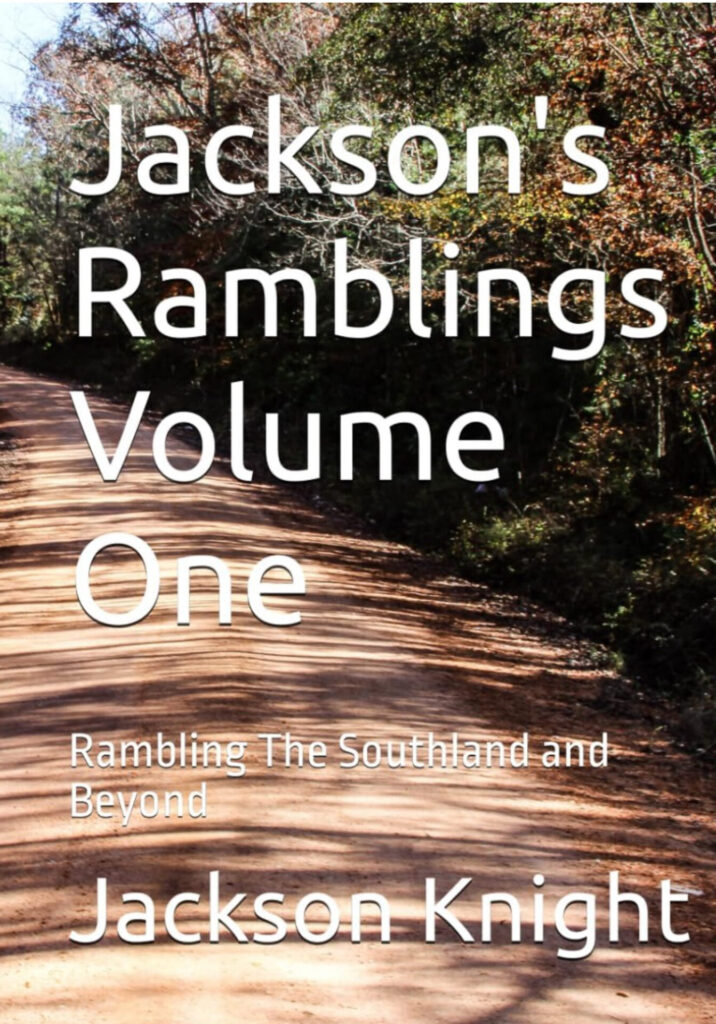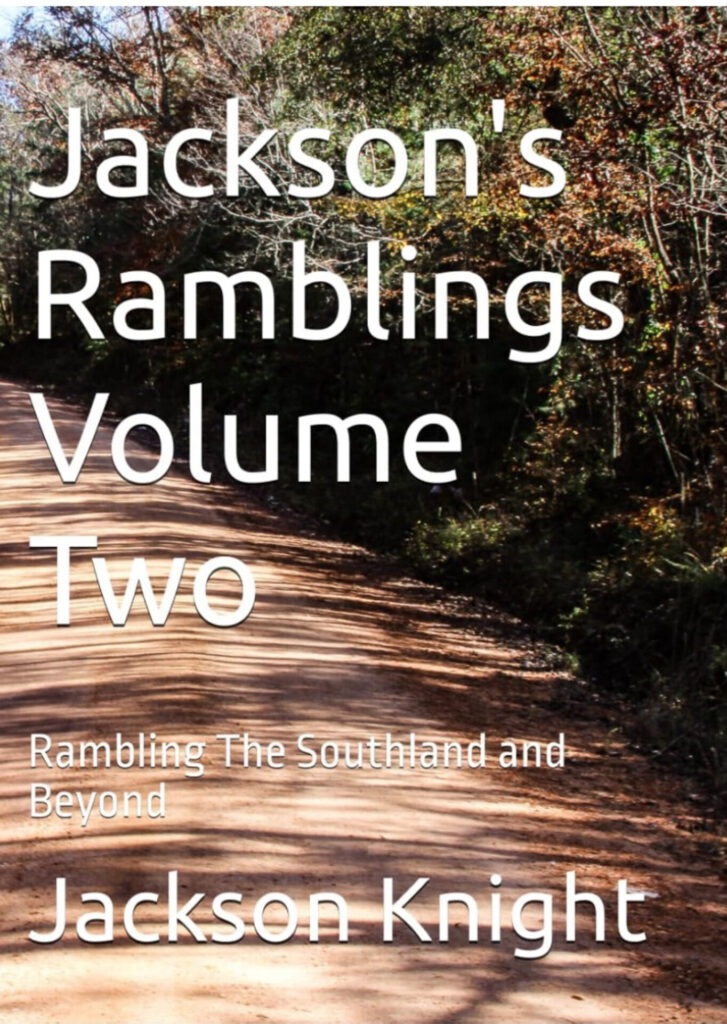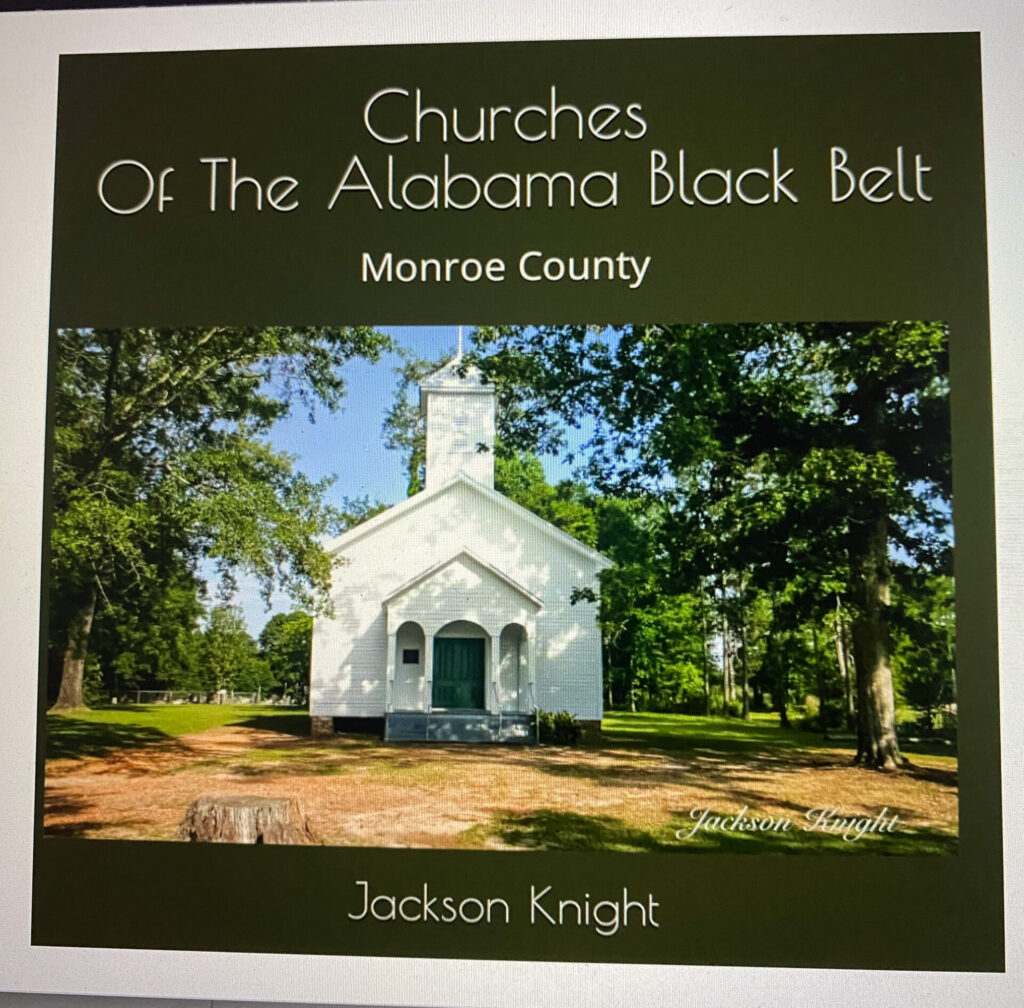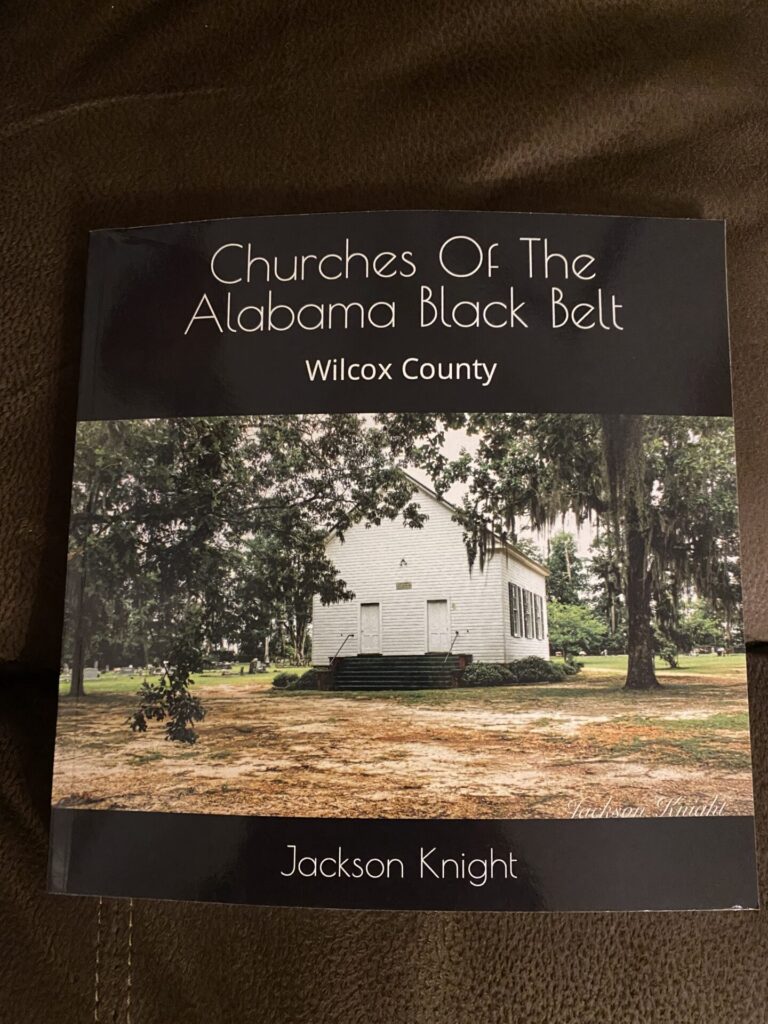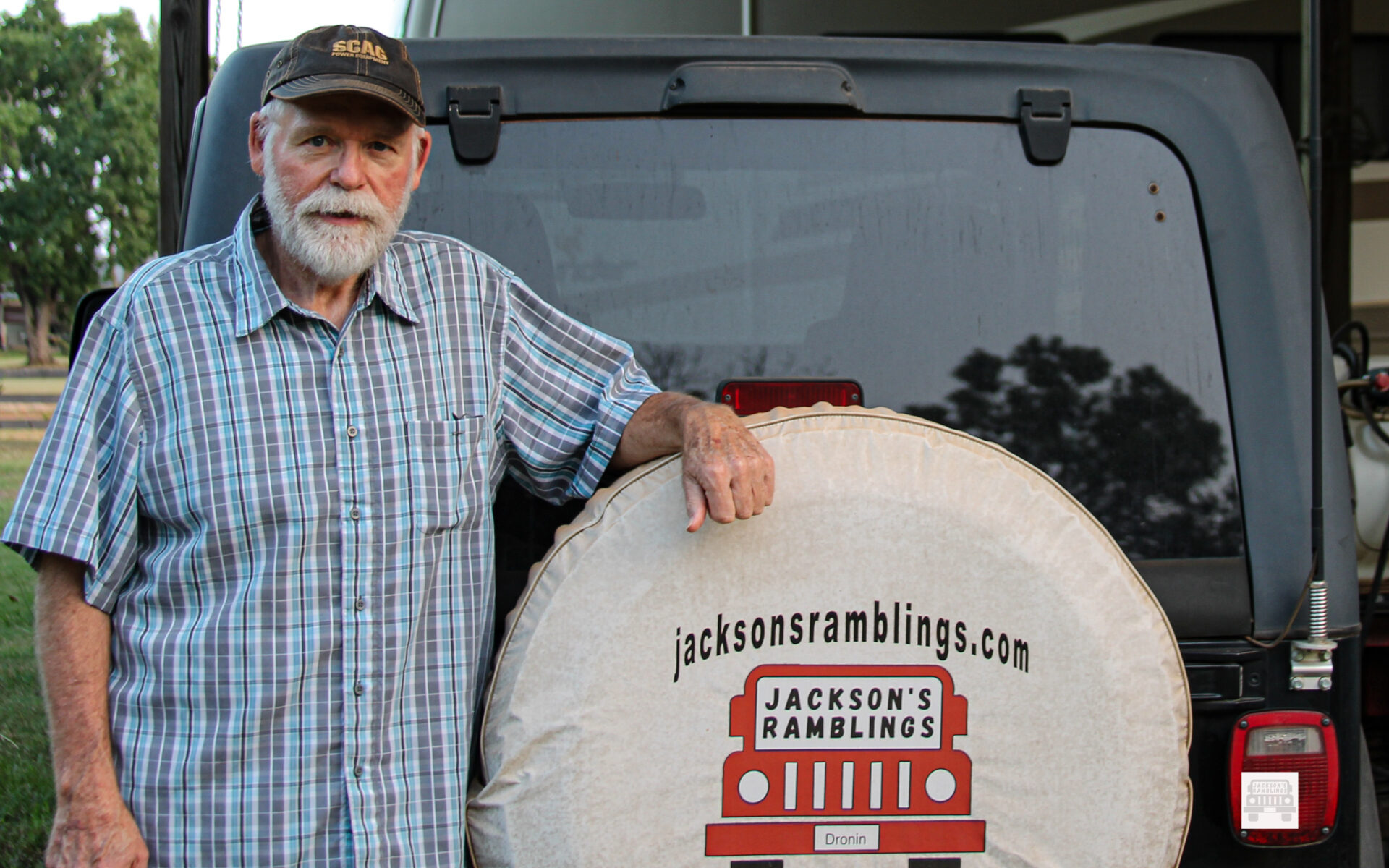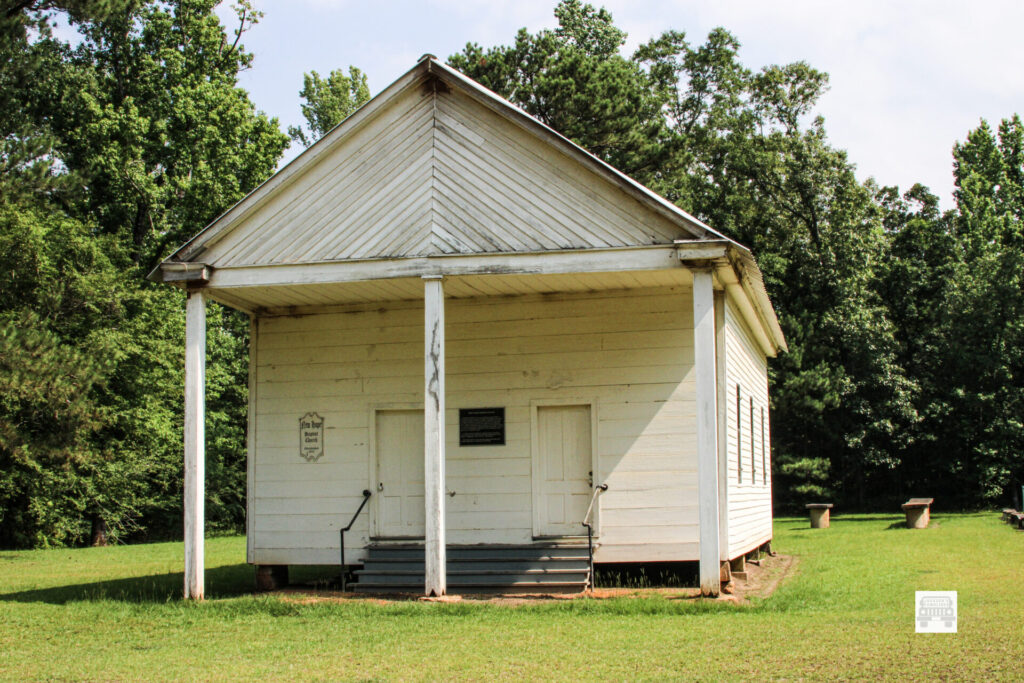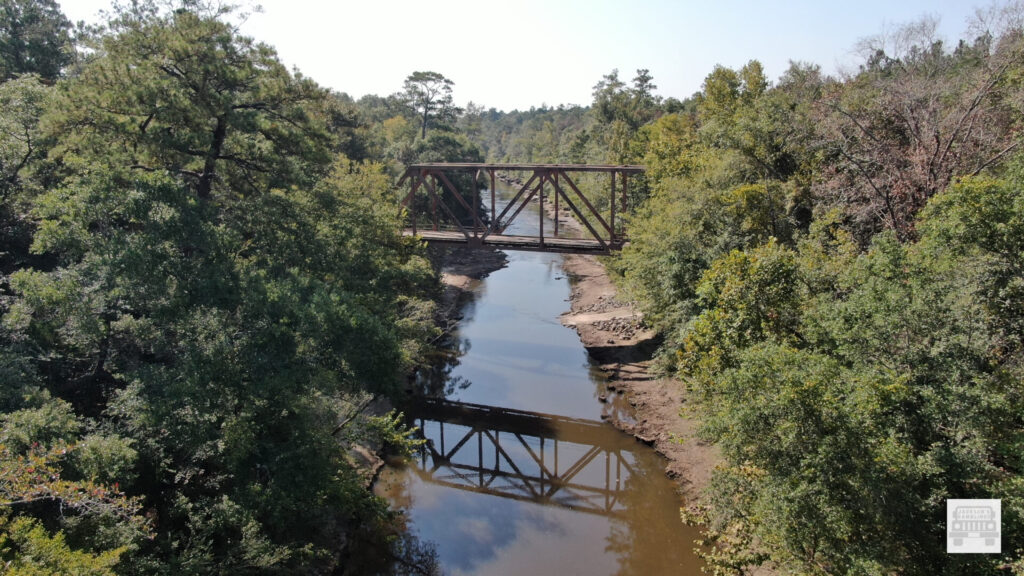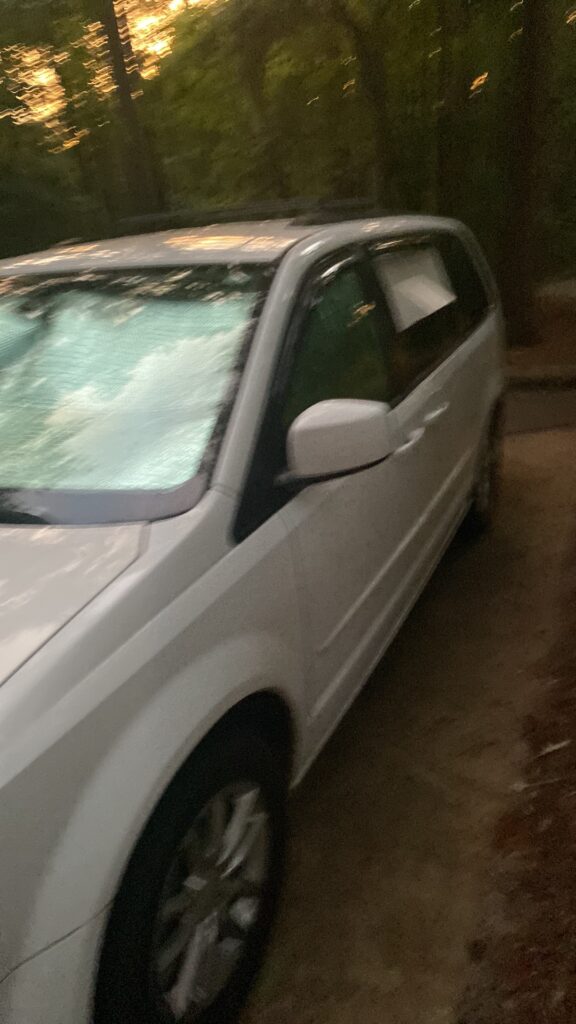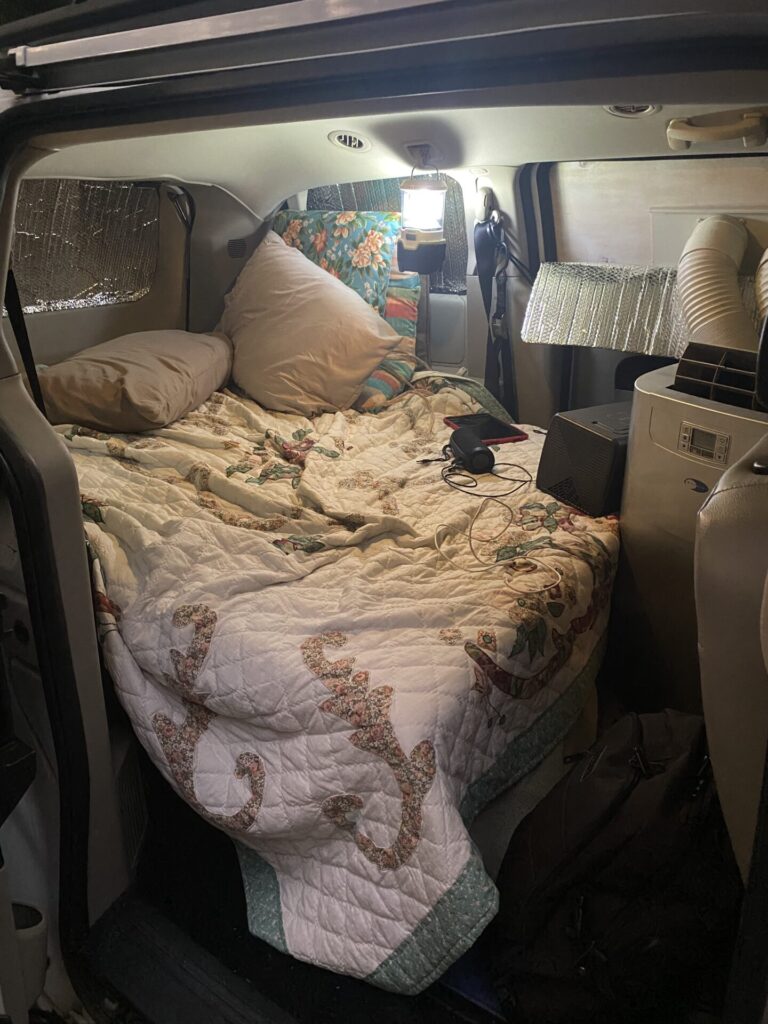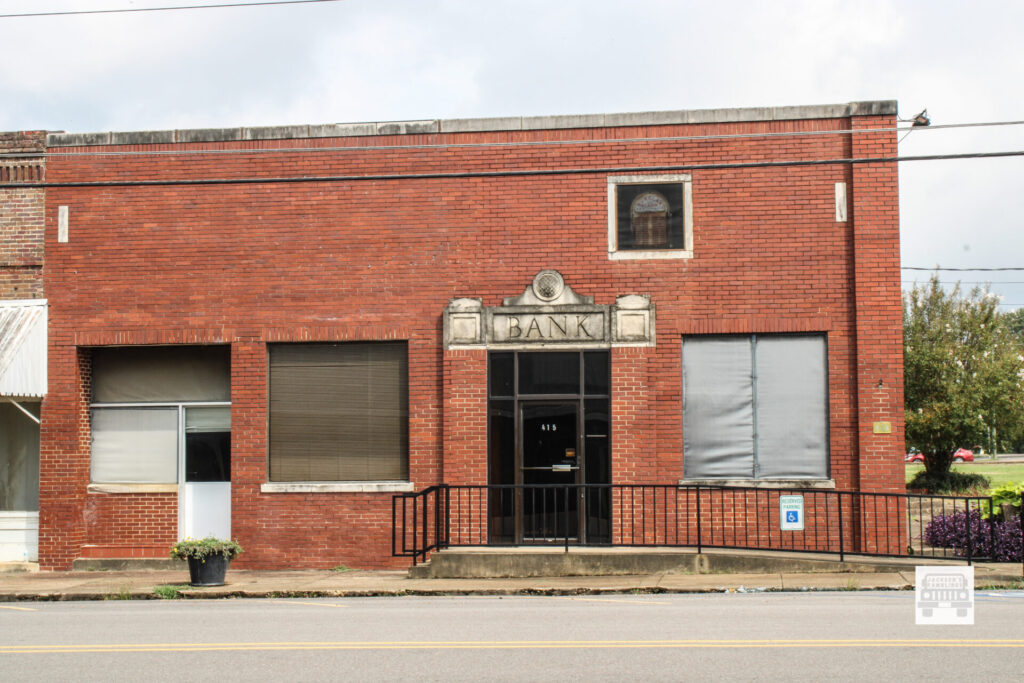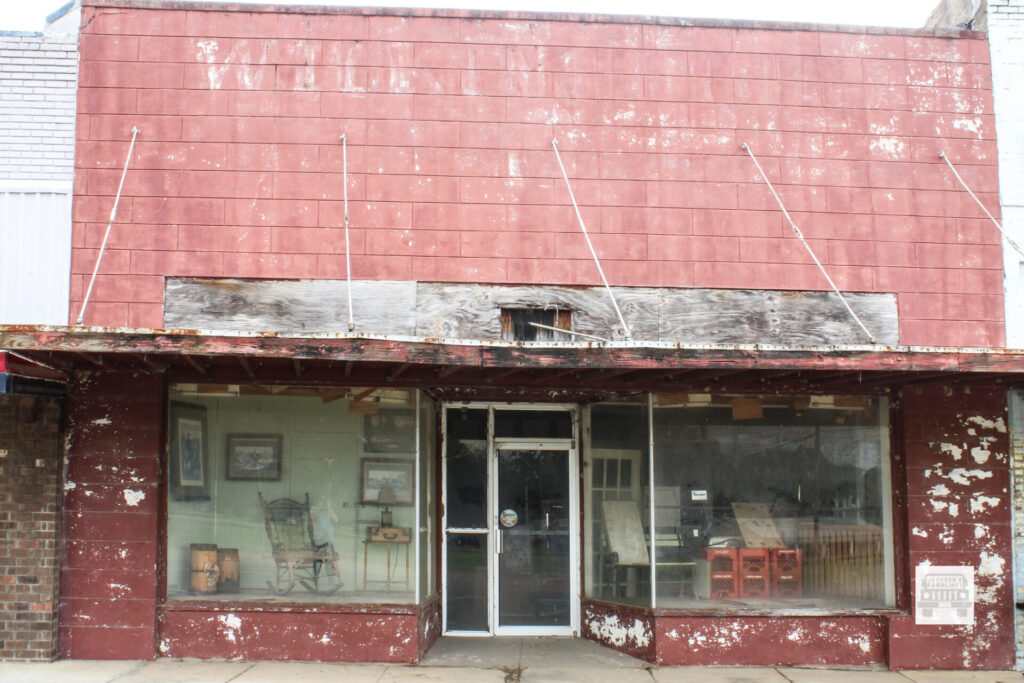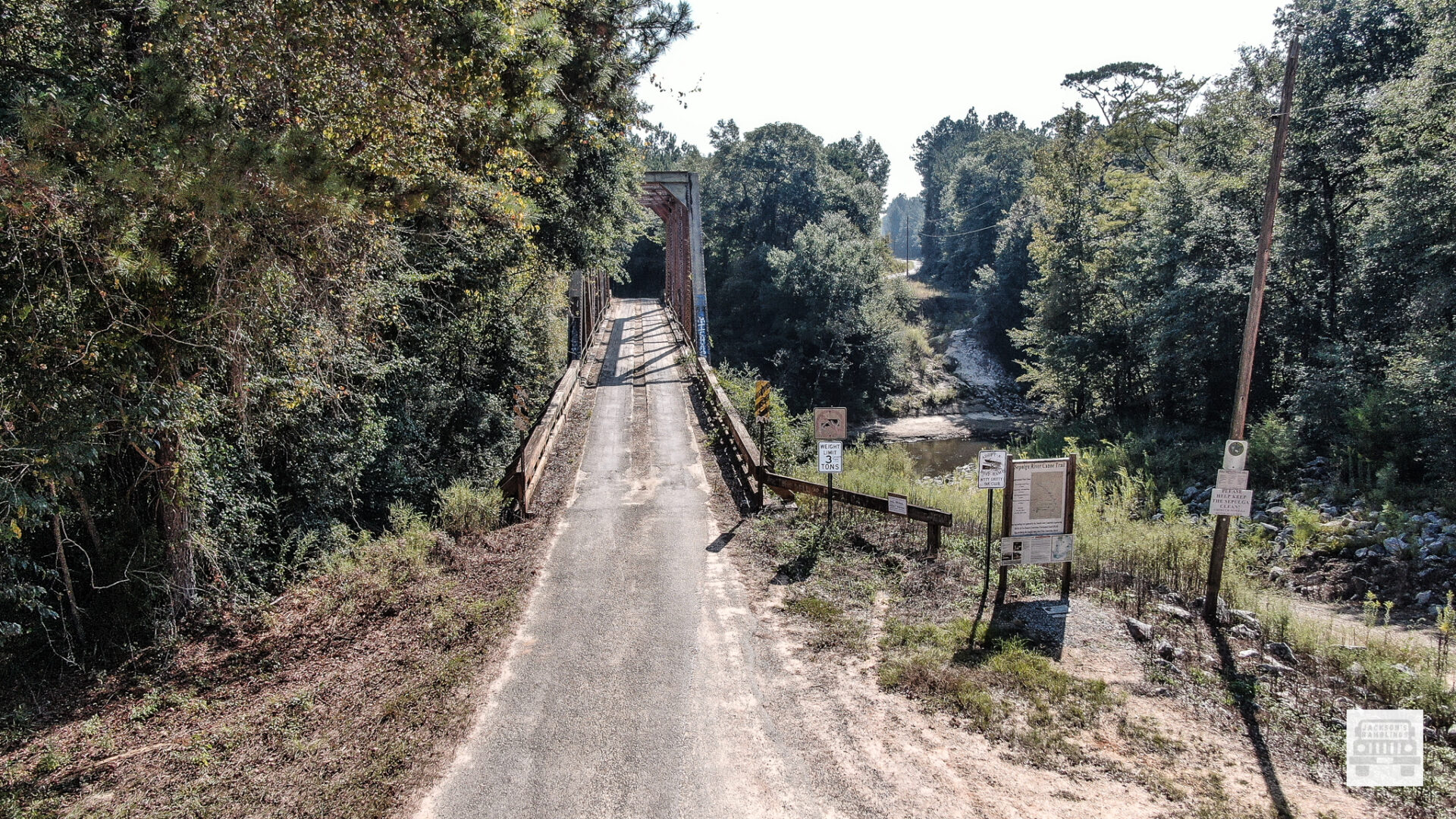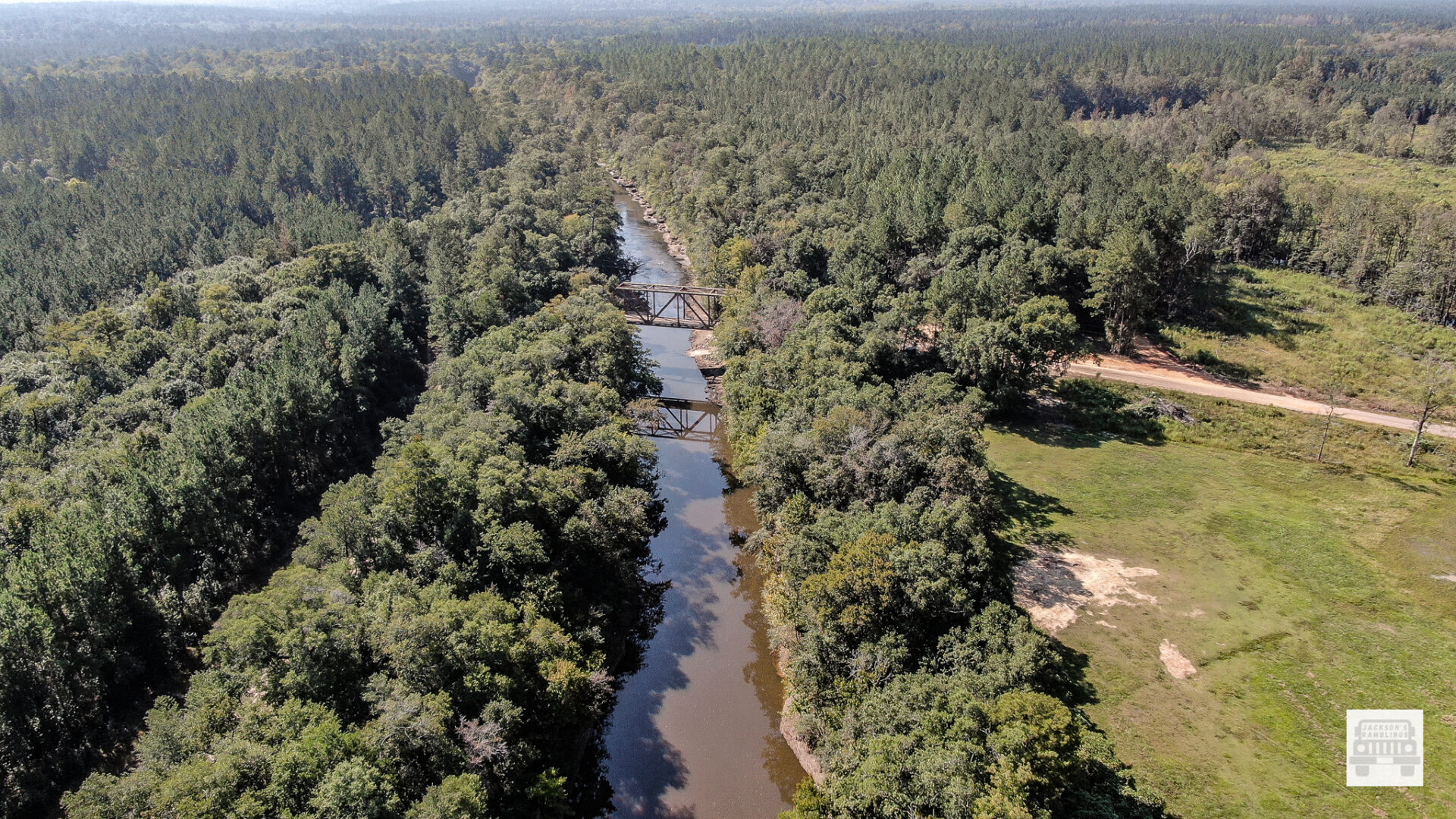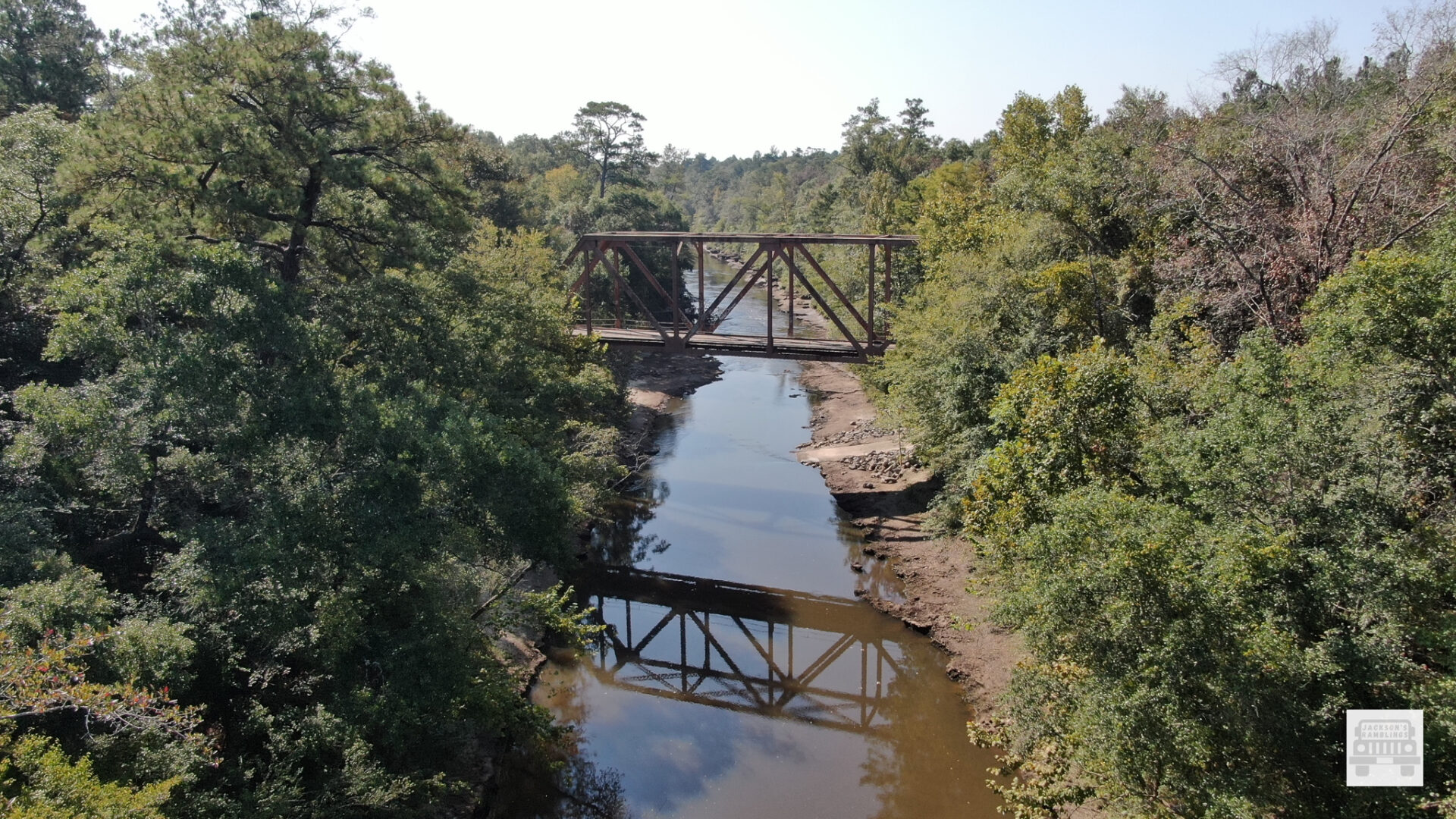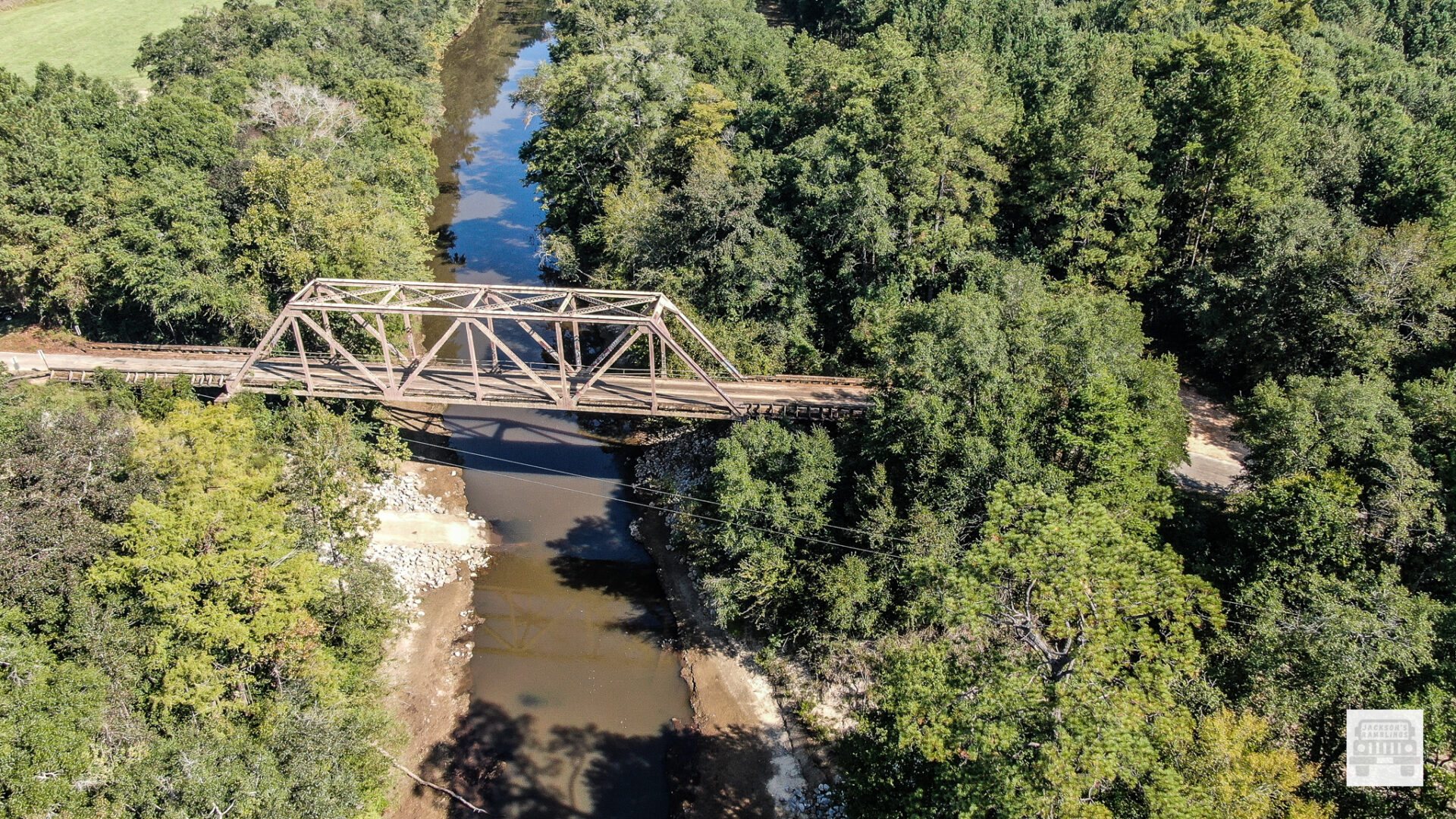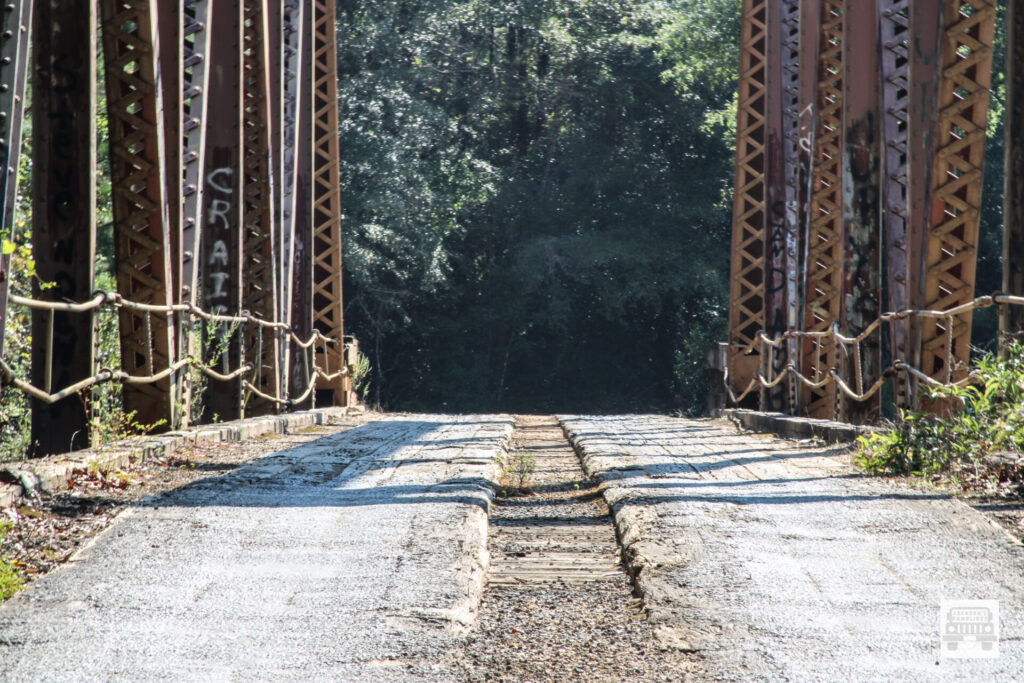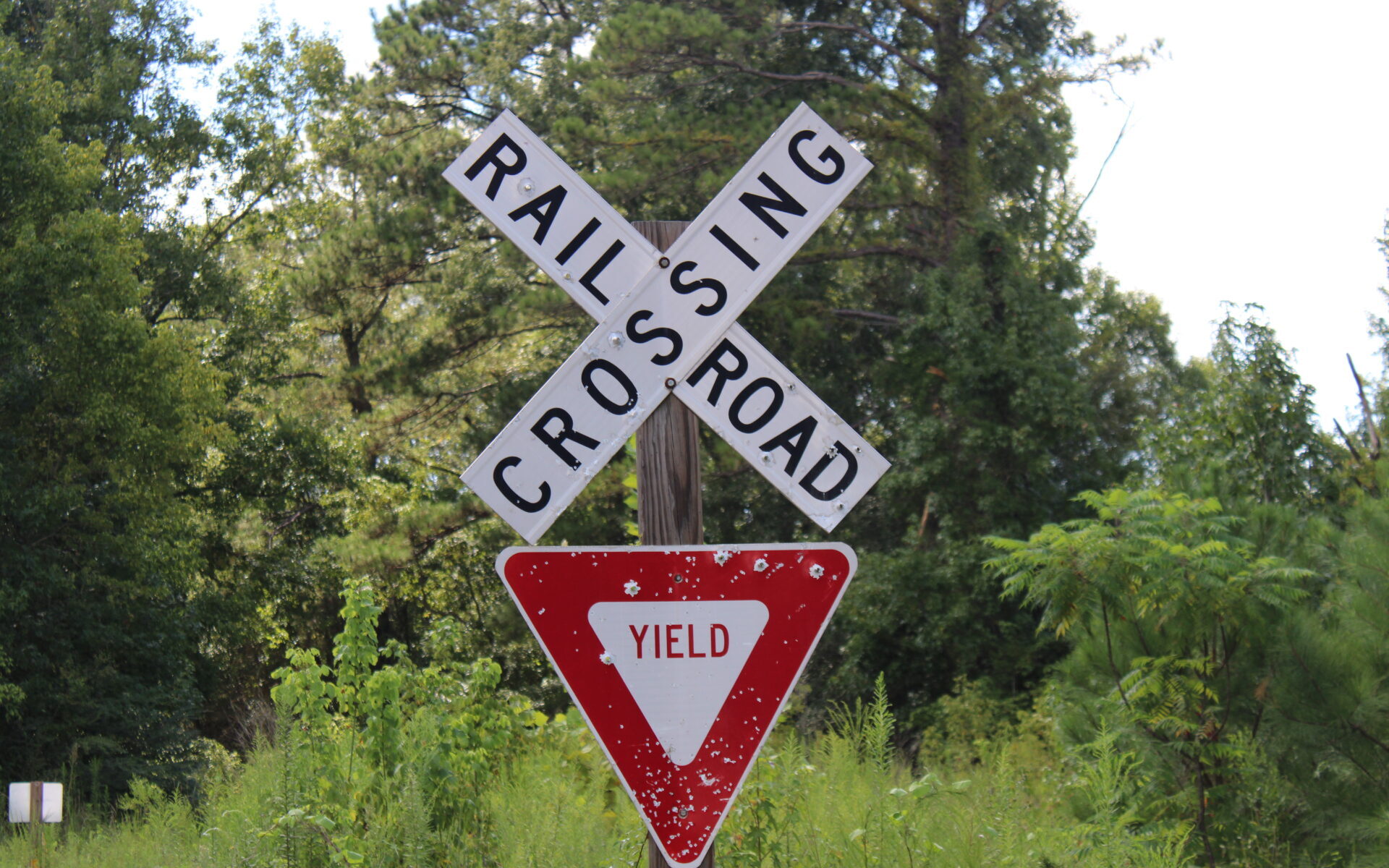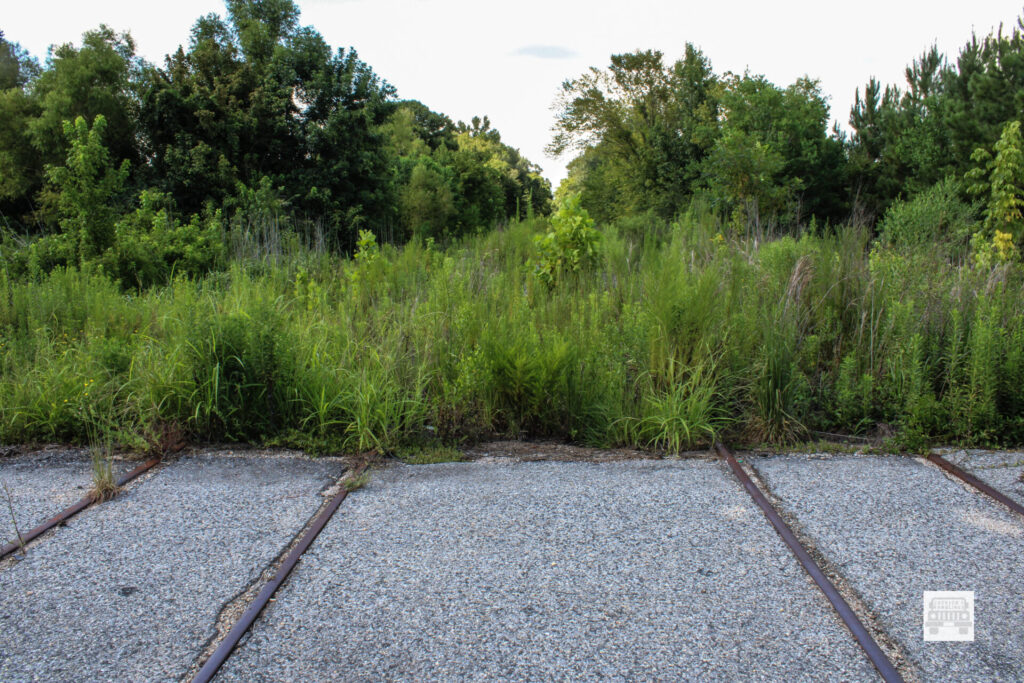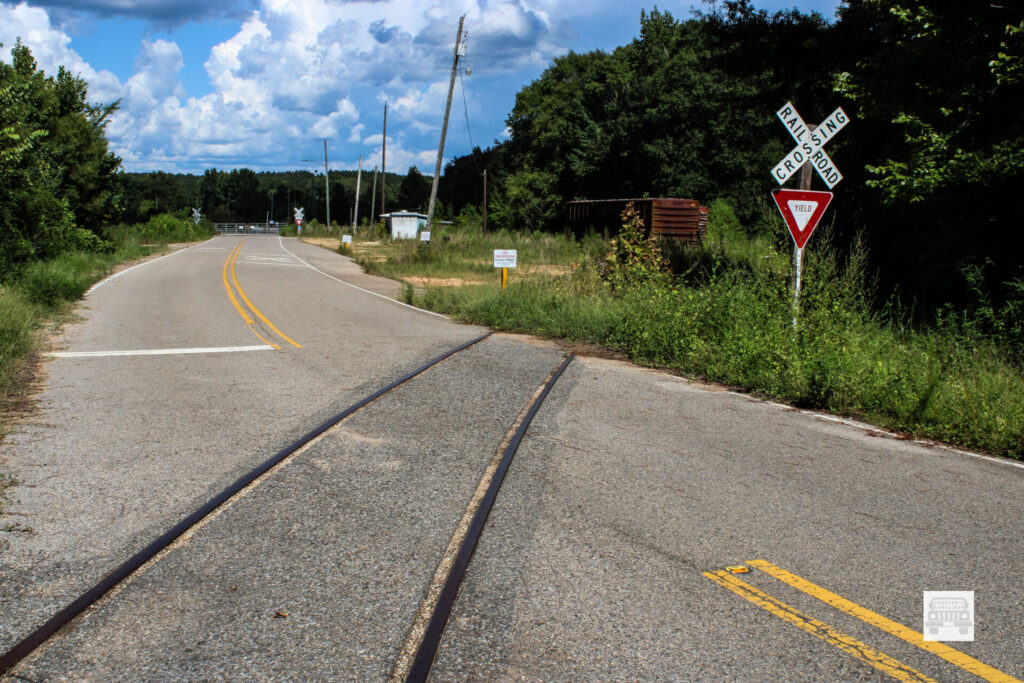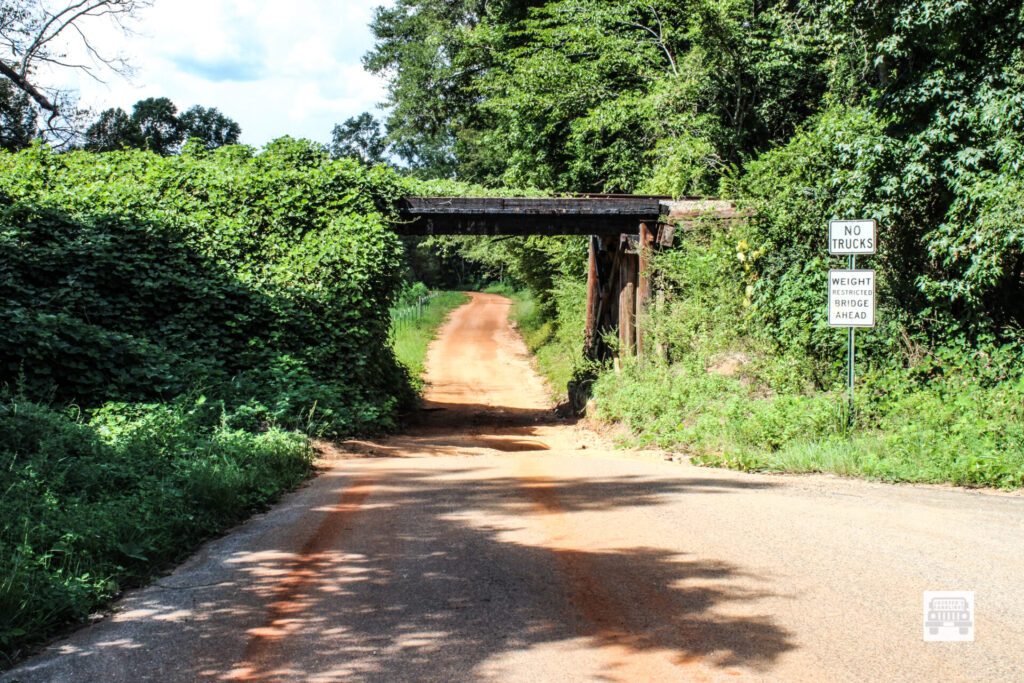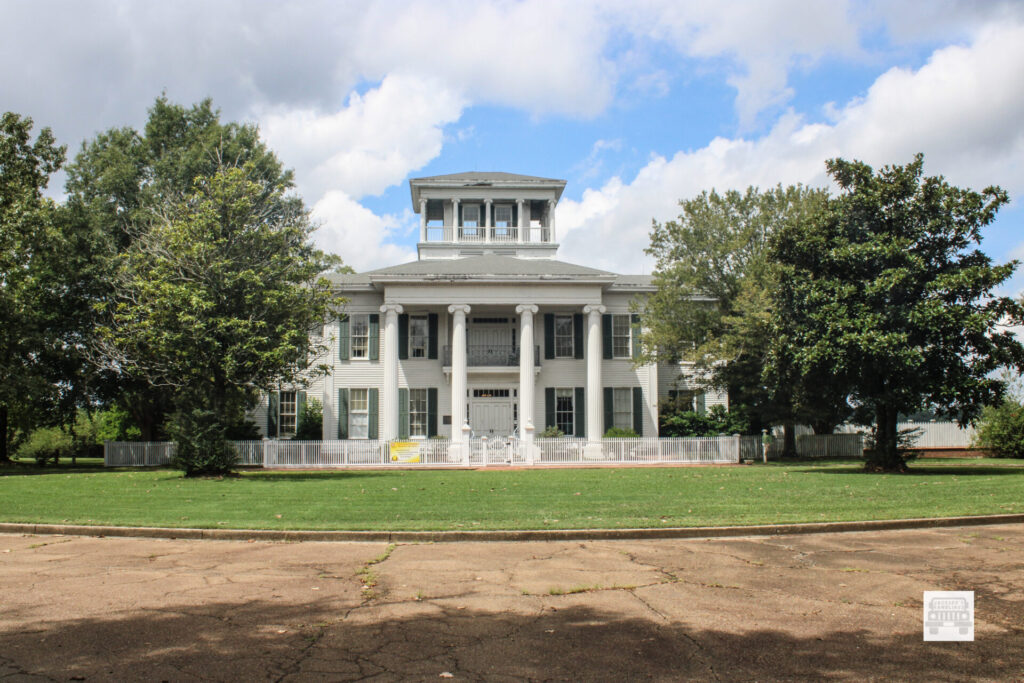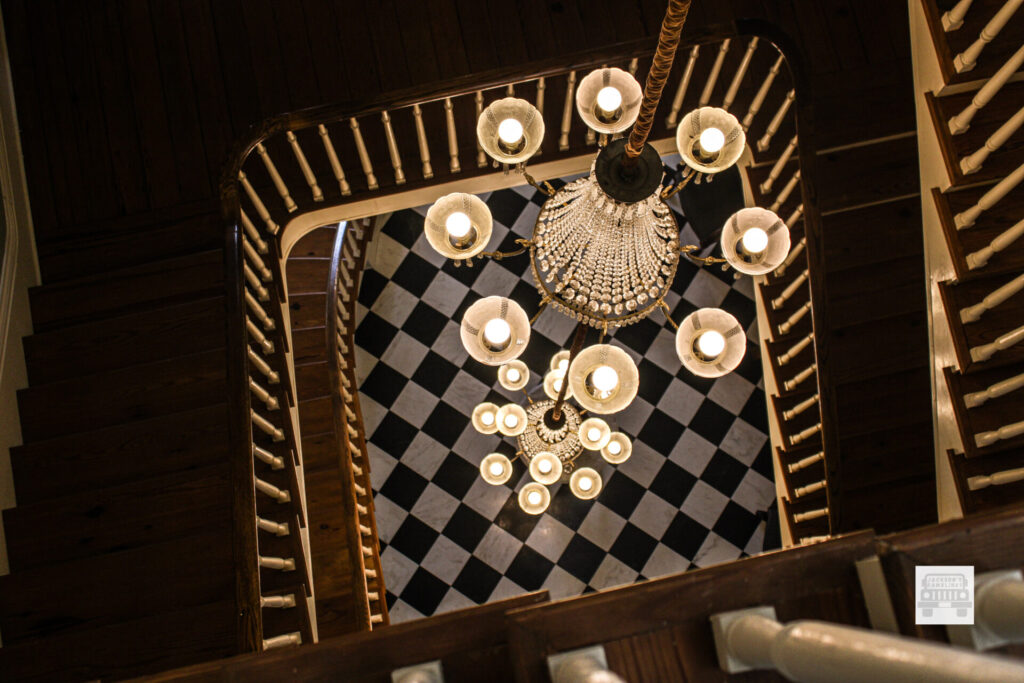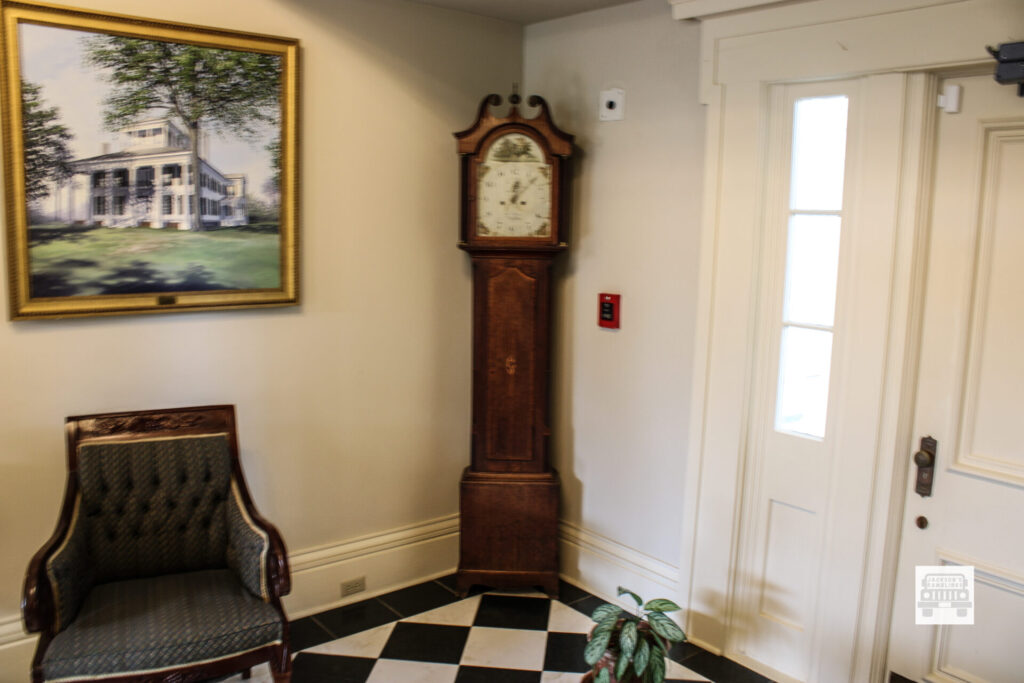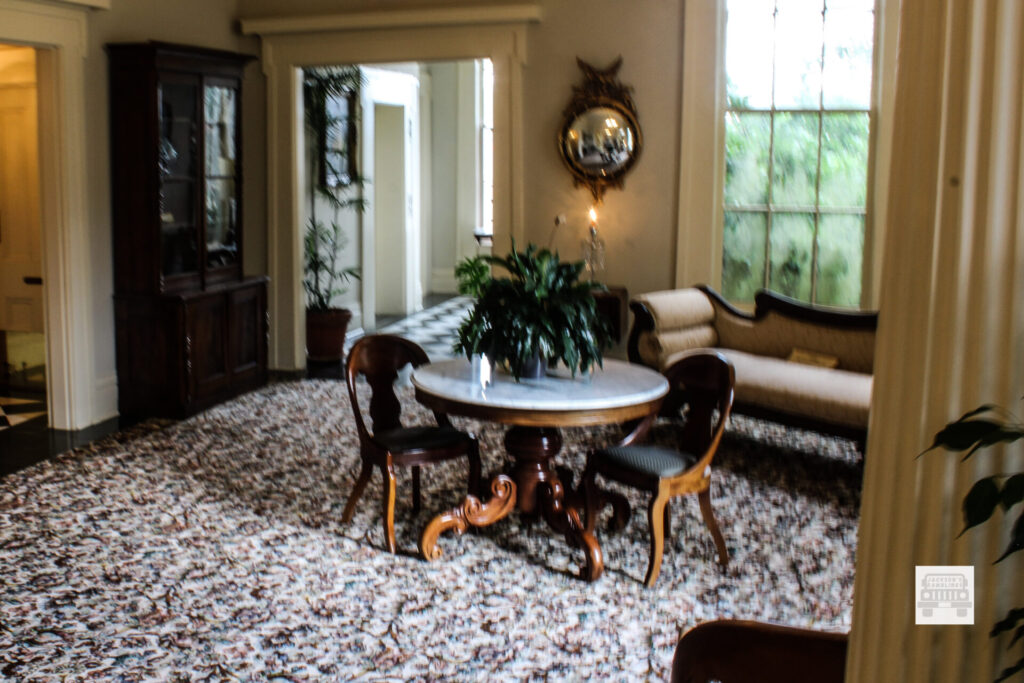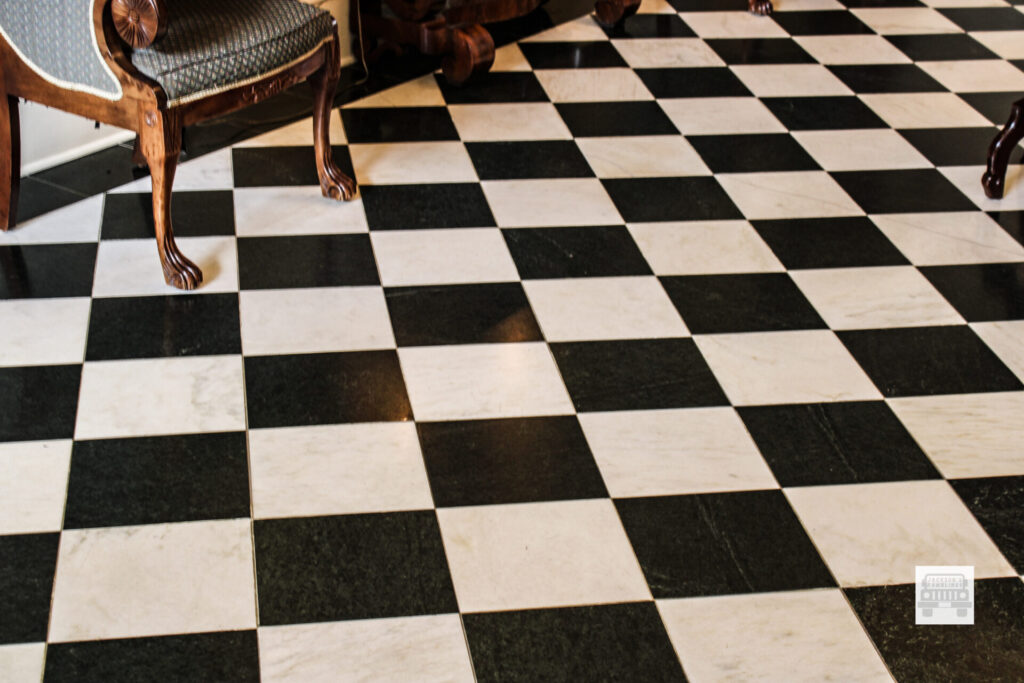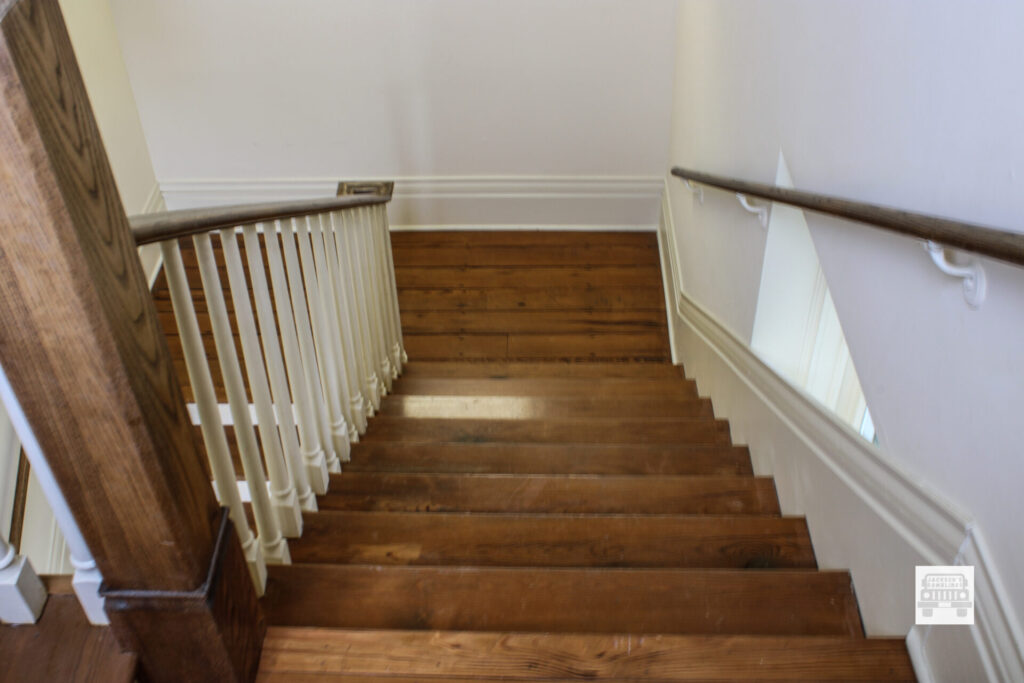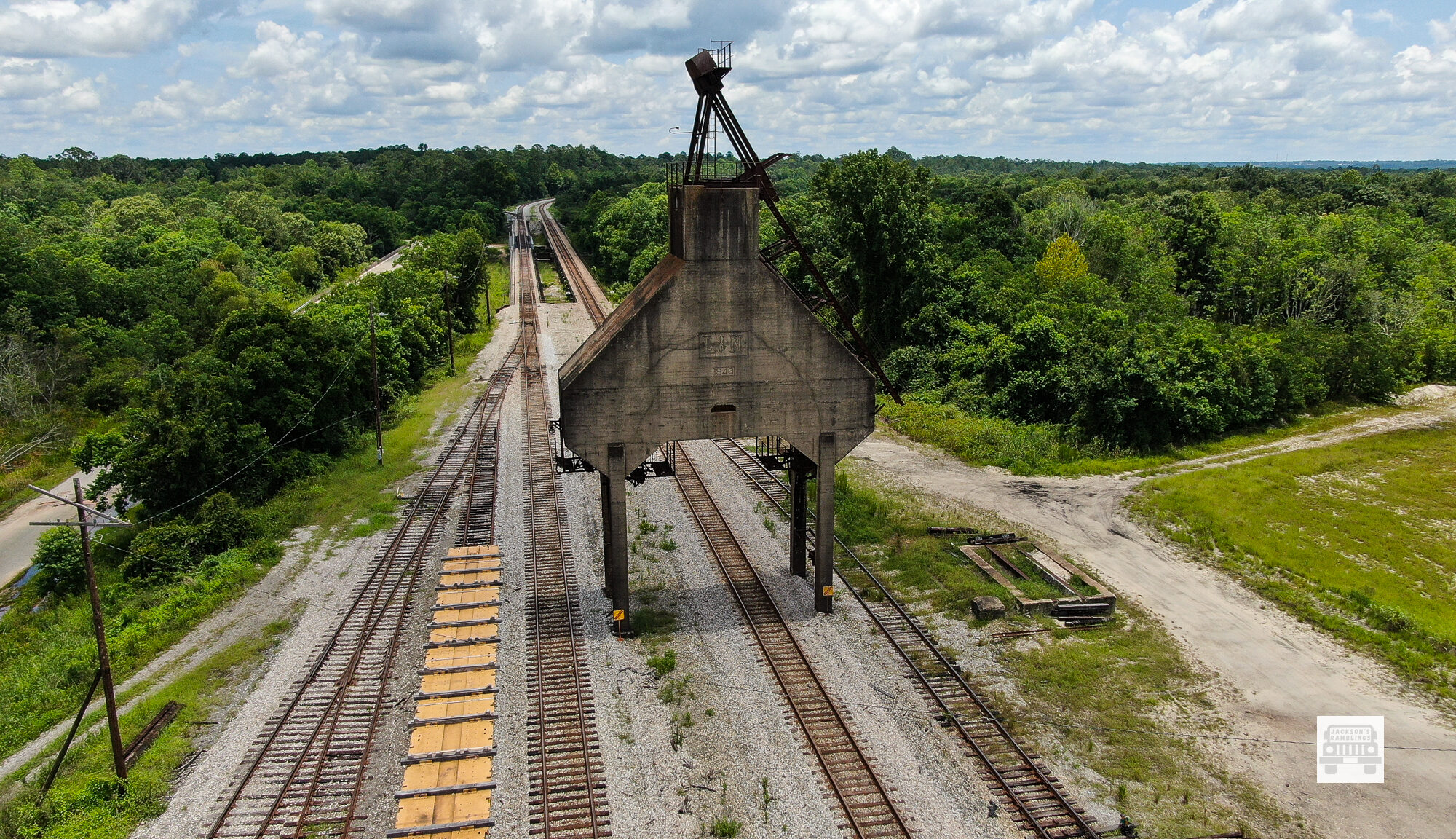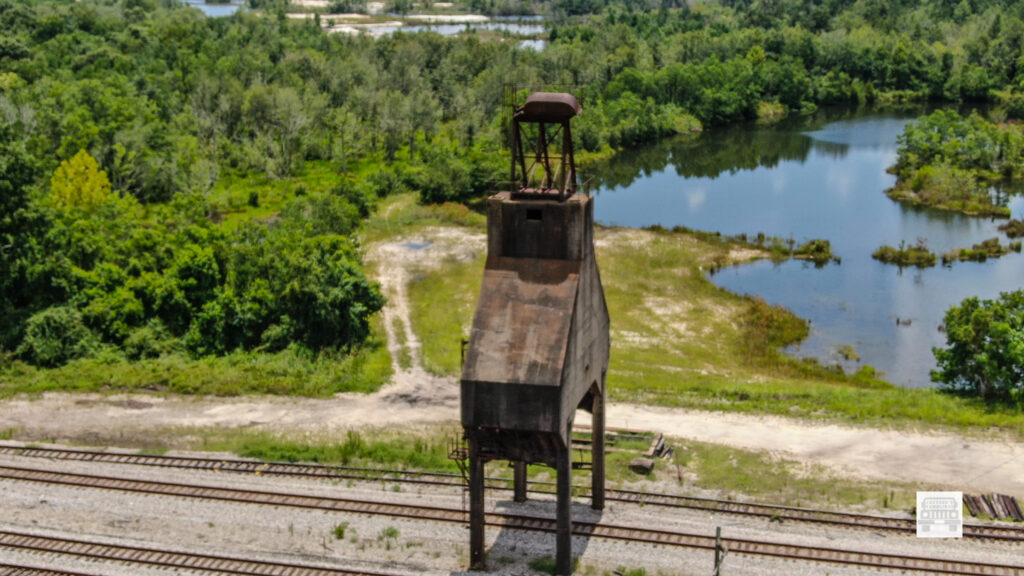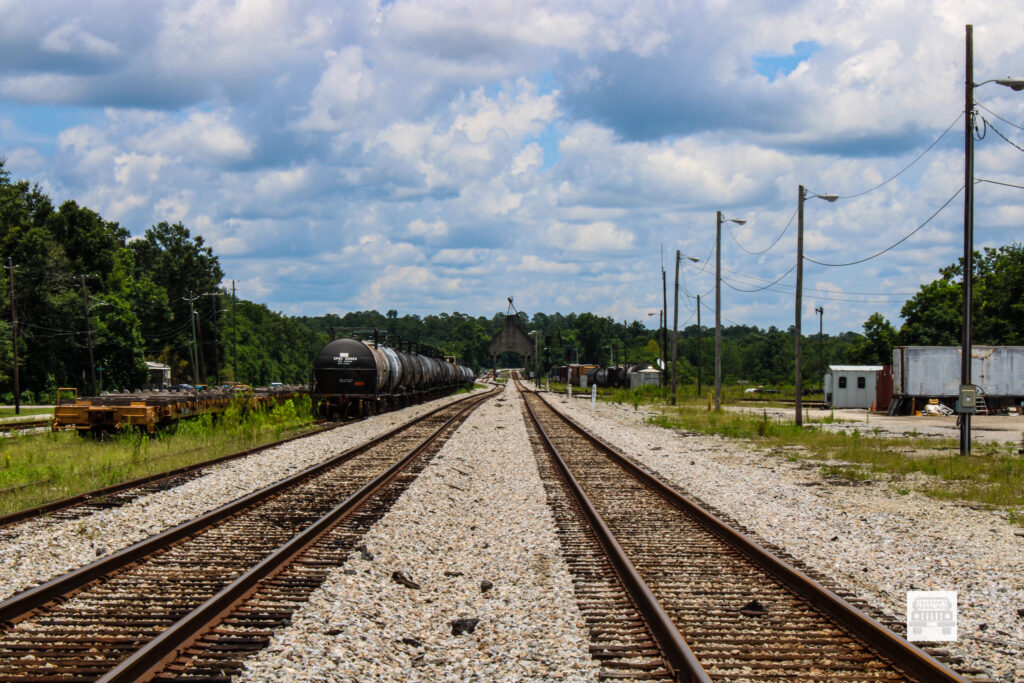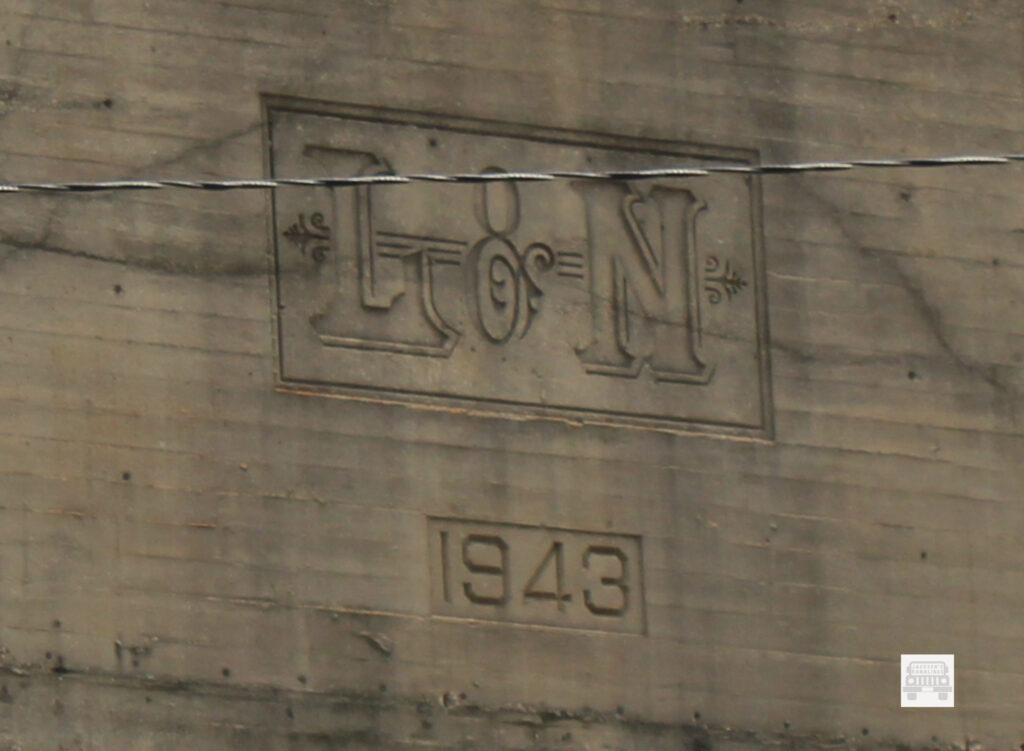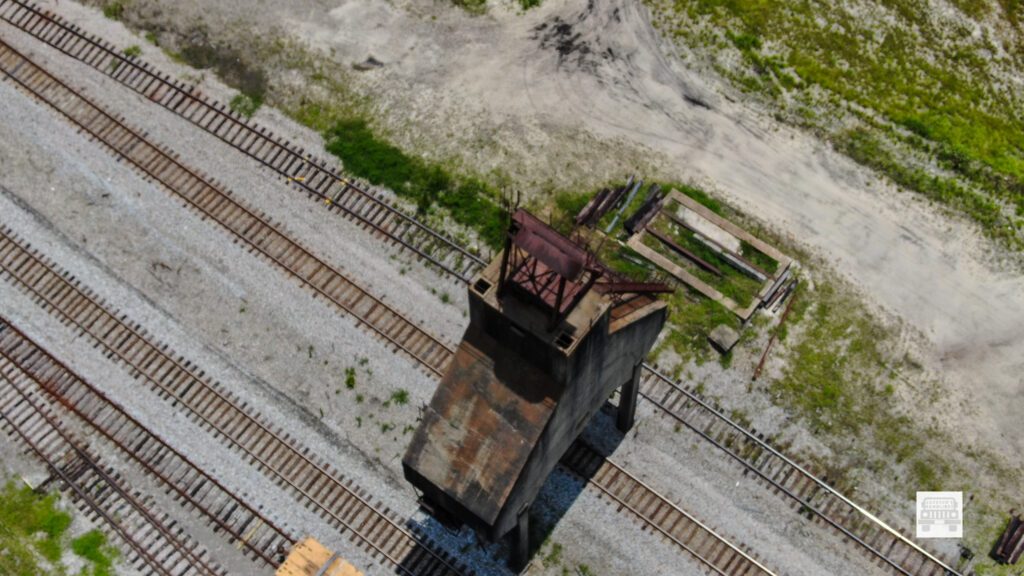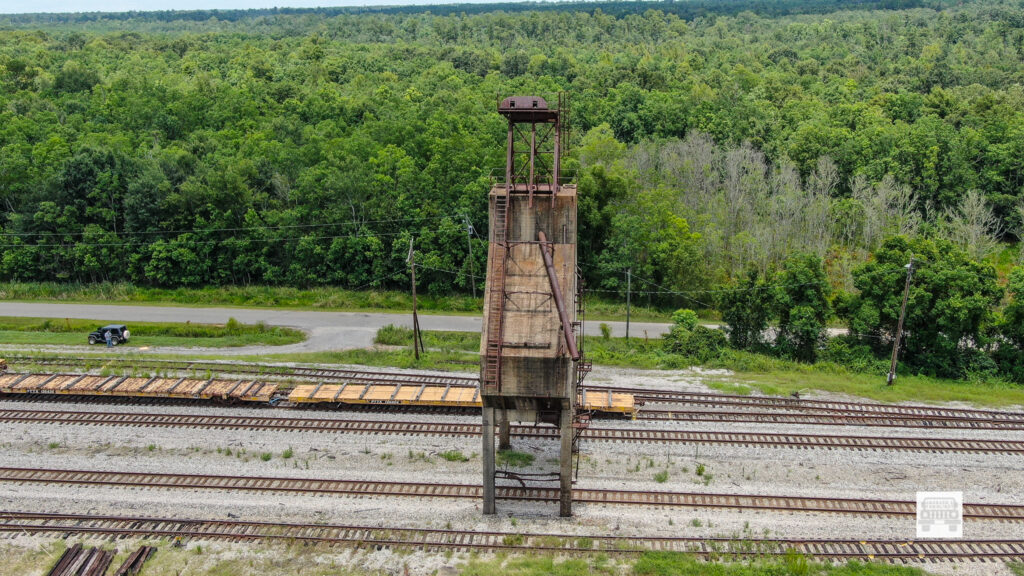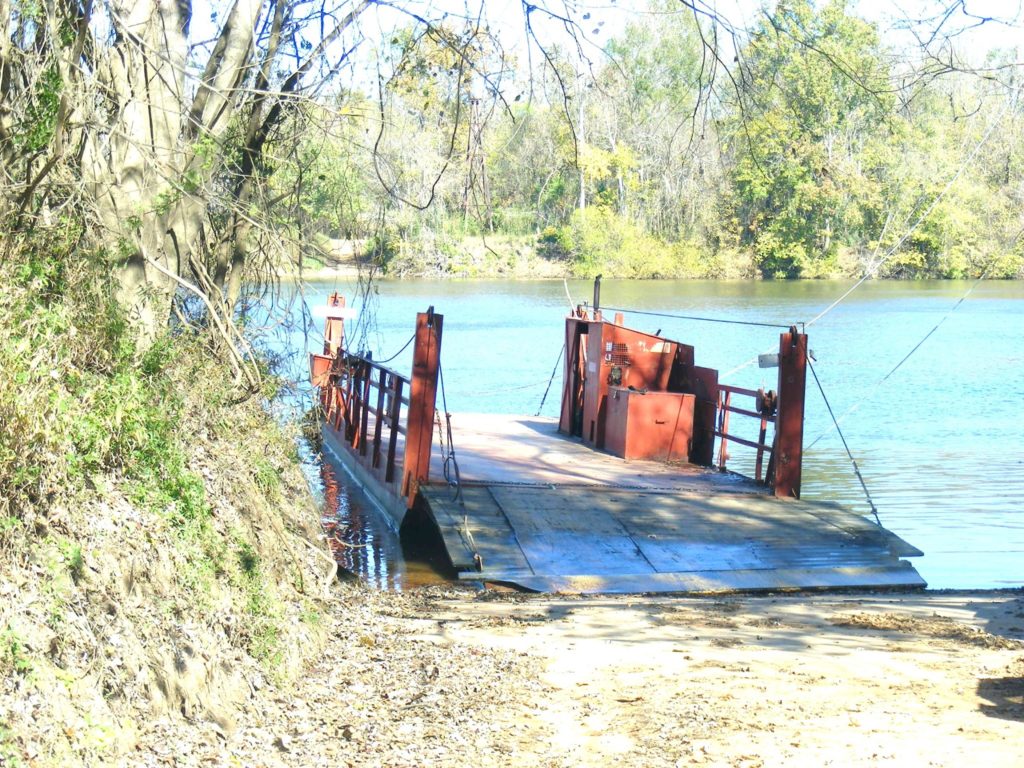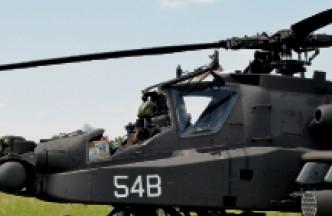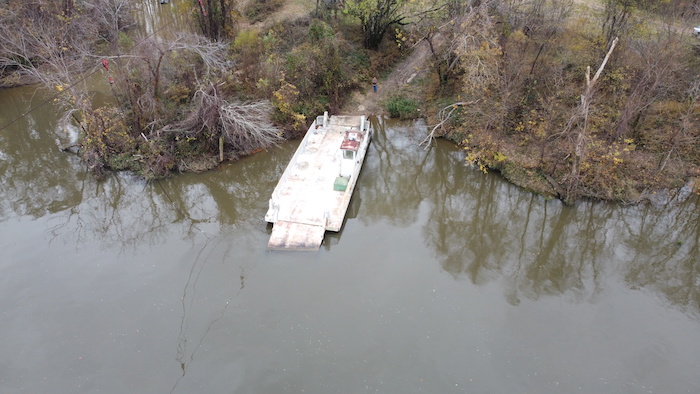I hear it said on a daily basis, that there is nothing here for the kids to do. Well Laurie Farms has solved that dilemma for folks in this part of the world. For the next few weekends there is indeed something for them to do.
Laurie Farms will be hosting a Corn Maze and much more.
Starting September 30, and every Saturday from 10:00 AM till 6:00 PM, and every Sunday from 1:00 PM till 6:00 they will be open. There are also some spaces open for school field trips as well during the week.
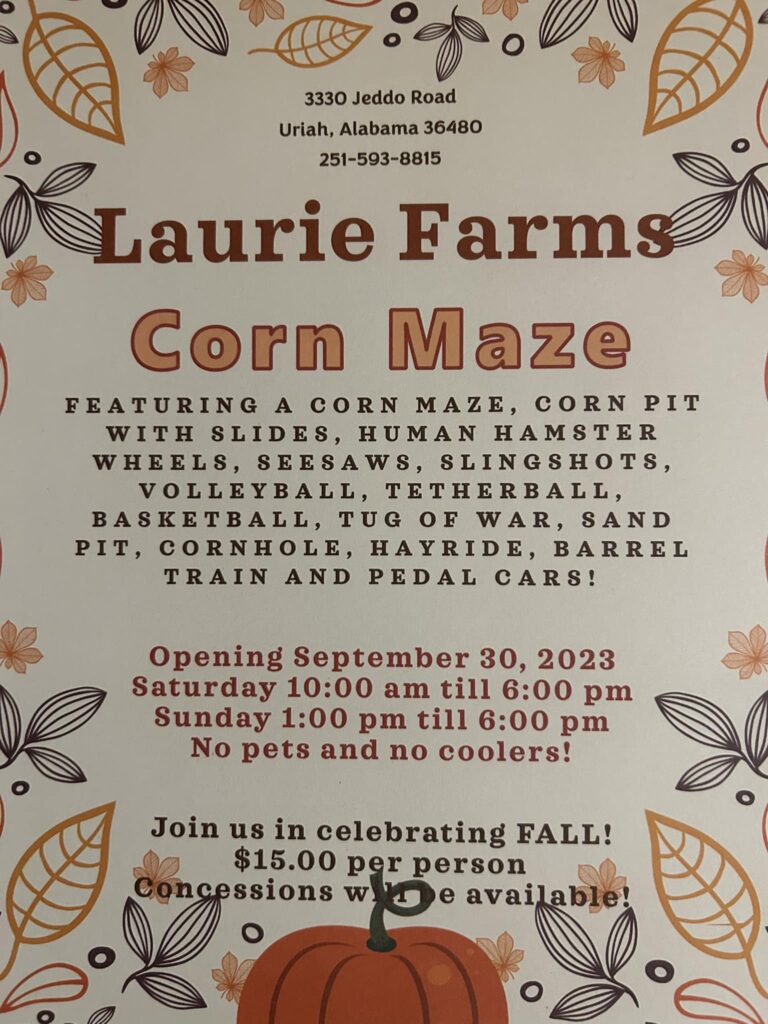
As I ramble across this country, I run into some of all kinds of interesting things and people. I am forever amazed at the ingenuity of the people around us. It seems like around every turn there is something new and exciting to see and another encounter that is better than the last.
I see all kinds of things out there to look at and experience. Today I encountered something new and fresh for the area of Monroe County, Alabama.
I drove down to below Uriah, Alabama and visited Laurie Farms. I had communicated with George Laurie concerning him putting on a Corn Maze this year. Immediately when he told me what he was planning I had to see for myself. As always nosey me had to know what, when, why, and how.
I scheduled with George to be there this afternoon to get a grand tour. I was literally awestruck when I saw. I almost, could not, believe what I was looking at. I honestly do not know what I was expecting but I sure wasn’t expecting what I found. All I could say was WOW.
George told me when we talked earlier in the week that he was hosting a Corn Maze. I had heard of a Corn Maze before, but I thought of a Corn Maze as something that somebody had gone out in a cornfield and pulled up corn plants in a certain pattern or something. I had no clue even how you made such a thing.
George explained to me that they had been able to get a precision planter that they found a corn maze somewhere and downloaded it and took it to a chemical company and they made a program and put it on an SD Card and then put that in the controller for the planter and it planted the seed where they needed to be planted to make the maze. They had to double plant so that the rows were at different angles.
That alone intrigued me. But then we went on past the field and lo and behold I saw this incredible amount of different stuff out there. Most of it hand built, but with incredible workmanship. There are games and rides and so many things to do.

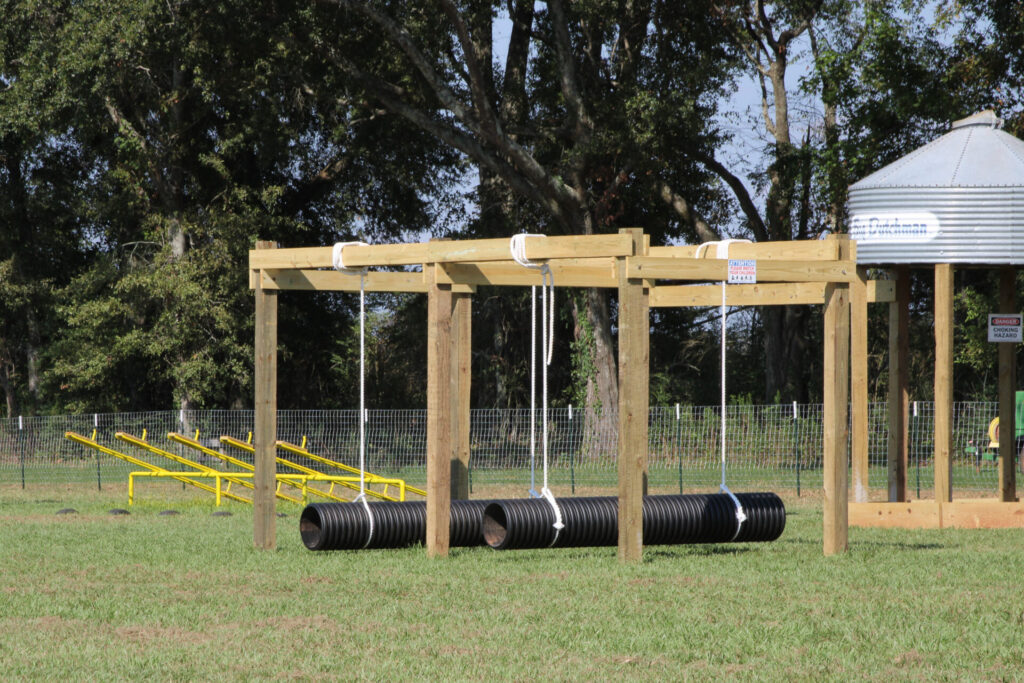
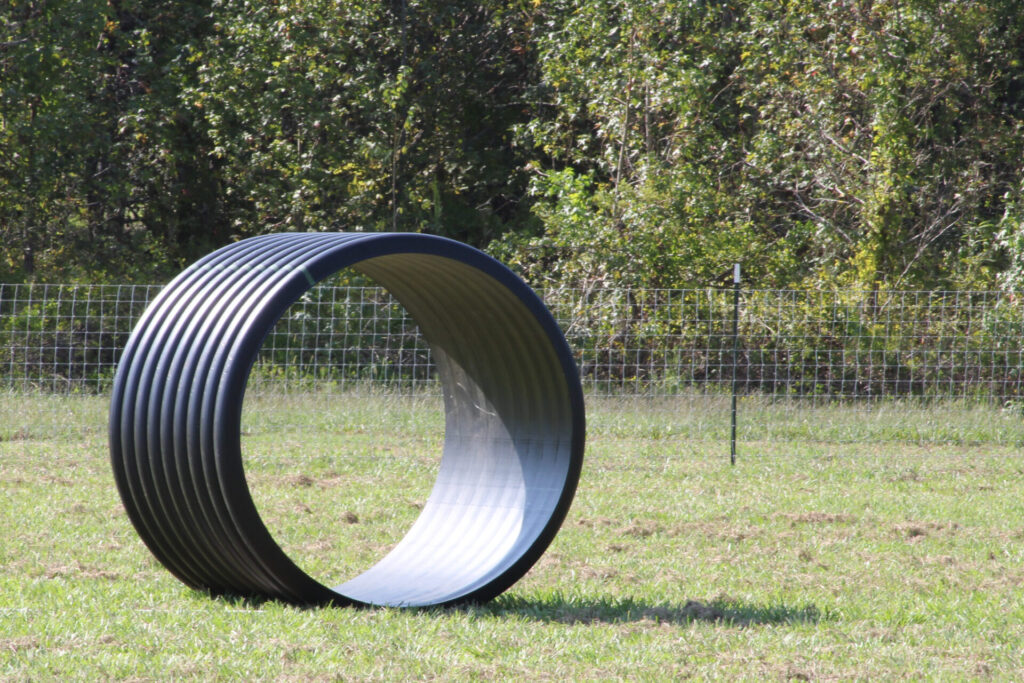
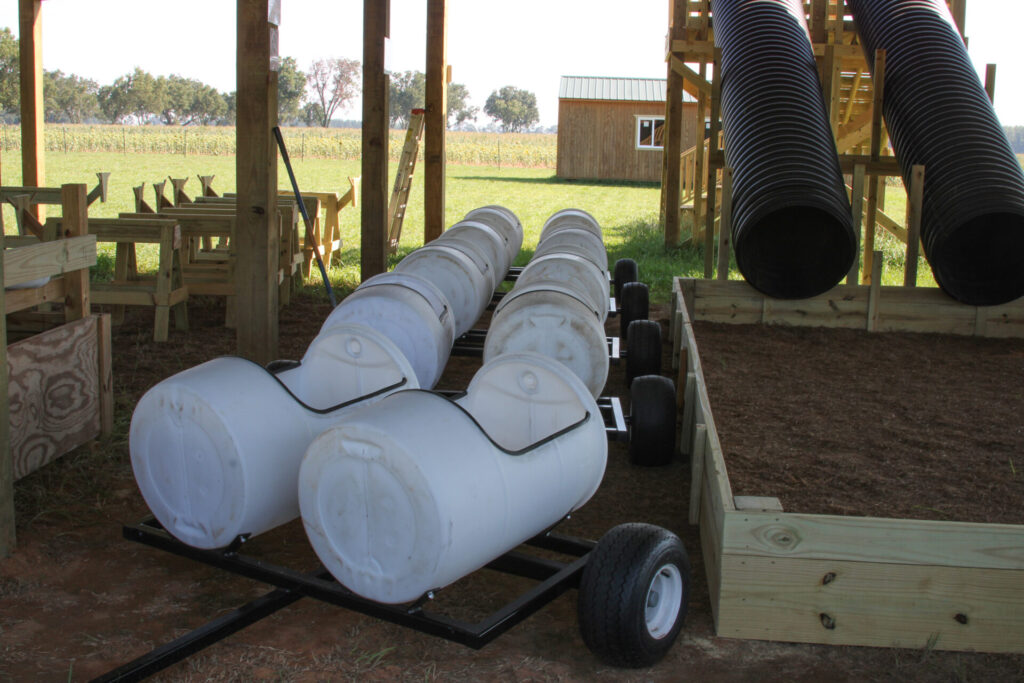

Under the shed there are these large tubes that will be a slide into a pit of shelled corn. There are these wooden sawhorses with a wooden cow head on them that the kids can throw a hula hoop over the head like a cowboy ropes a cow. There are these hand pumps with a white trough that travels a distance that will be a duck race.
There are these large round tubes out there that are called Human Hamster Wheels. There are Tether Ball games. Tug of War Games and Basketball Throw games are there. There is a Barrell Train ride, and a Hayride.
There will be sodas, and hamburgers, and hotdogs, and sausage dogs.
There is a dozen or so picnic tables, but seating will be limited so folks will need to bring lawn chairs to sit in.
There will be no coolers allowed and there will be no pets allowed.
There are pallets of pumpkins for sale also of various sizes and colors.
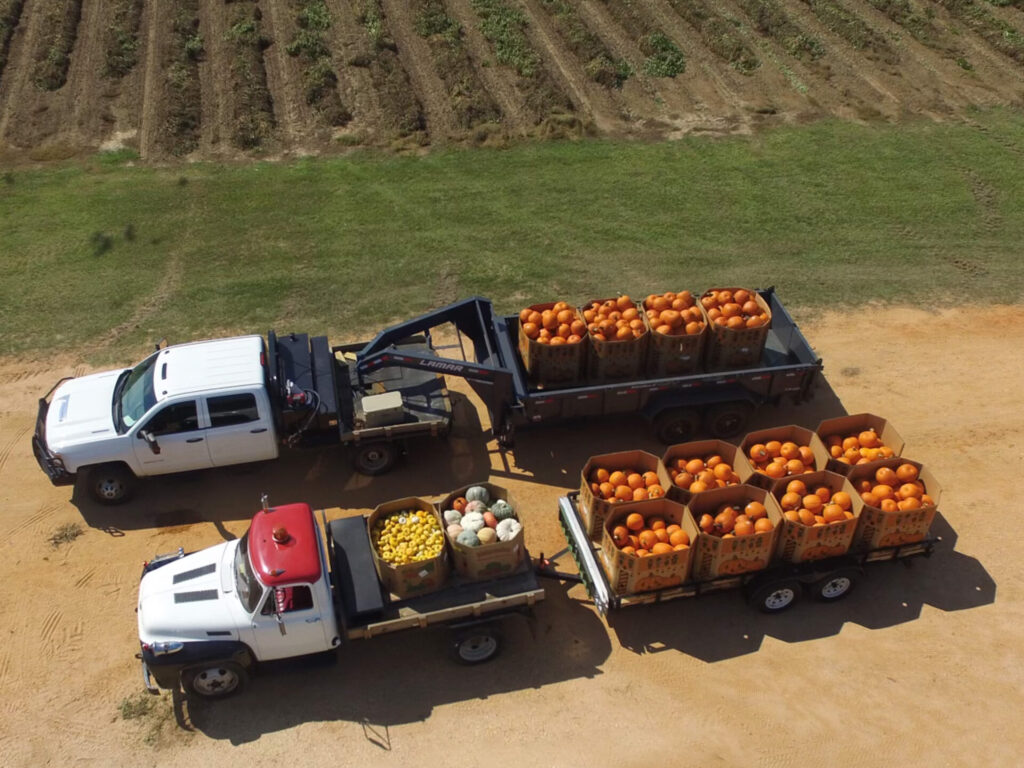
There is a probably a whole lot more that I didn’t even pick up on and ask about.
I came down to see Laurie Farms Corn Maze expecting to just see a field of corn with a maze through it. I left shaking my head at how nice all the stuff they had looked. George said that they had been working on this project since last December. It is amazing how much stuff they have built and the quality of workmanship in the things they have.
All I can say is there is now something for your kids to do here for the next few weeks so do not hesitate to support these folks who have gone to great lengths to bring this to this area.
Laurie Farms
3331 Jeddo Road
Uriah, AL 36480

